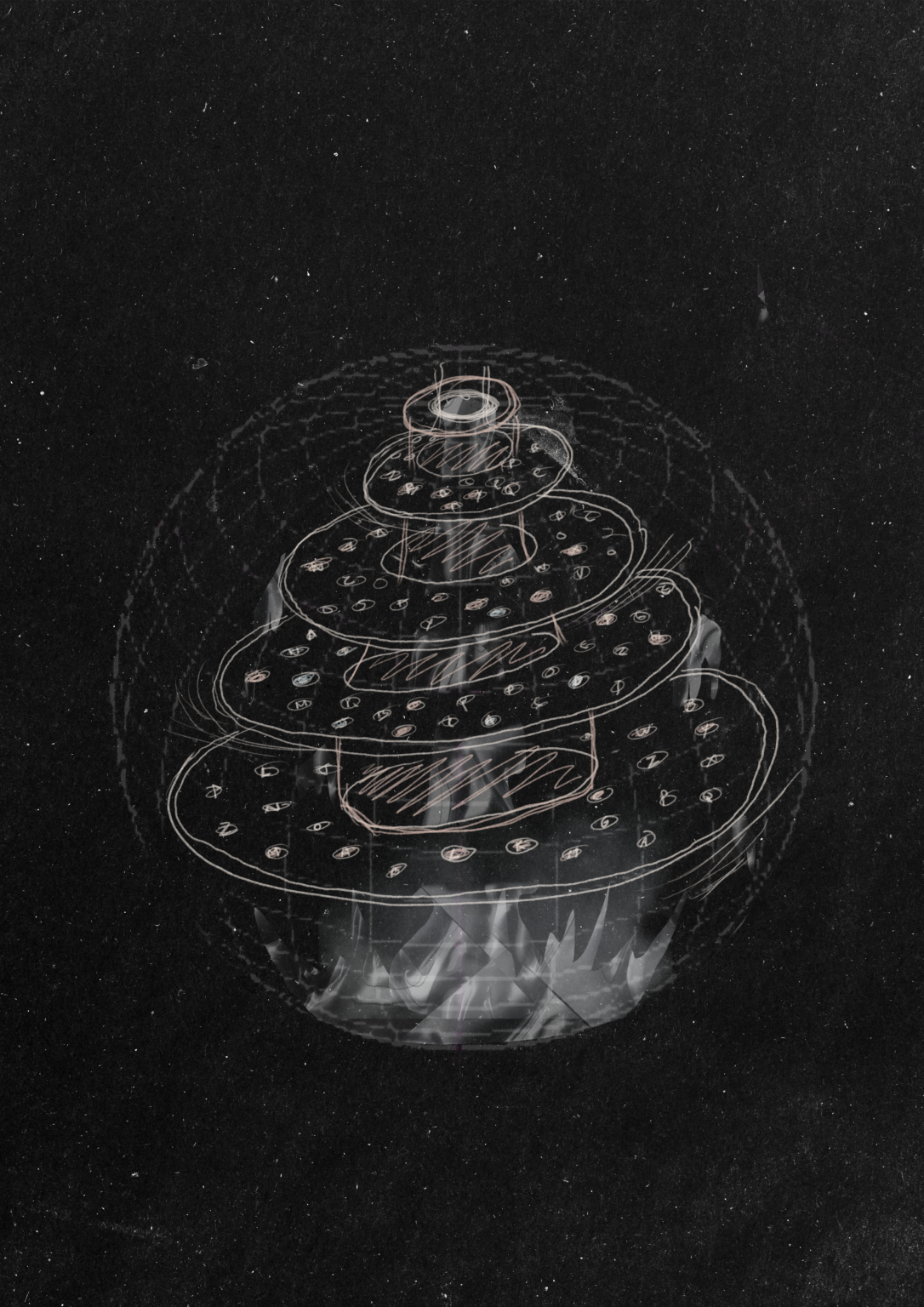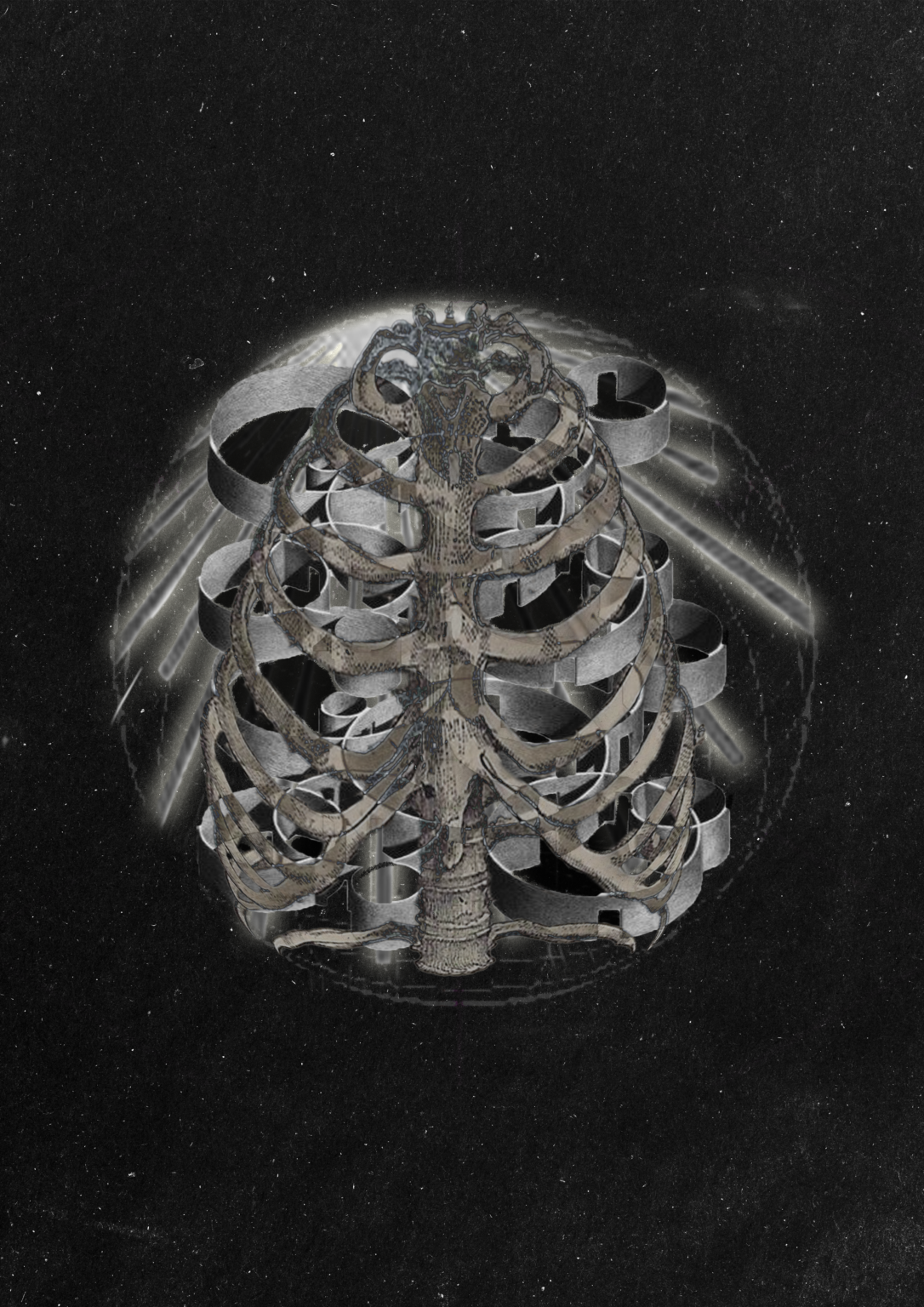Craig Dalziel

After completing the undergraduate course in Interior Design at GSA, I joined the master’s programme in order to explore my potential as a designer in a more unconventional individualistic approach. As a designer I seek to design typologies that do not exist, with particular interest in speculative narratives within space. By using interior design as a creative medium, I strive to tell a story, incorporating and drawing upon my passion for historical reference through a contemporary lens with further relation to aim and explore social and environmental issues within space – to inform and educate, allowing us to open question and challenge our society. Through narrative design I like the idea that space/ interiors can potentially be used in ways to highlight, teach or convey a message both through designing/or performing in space. I’m also a multidisciplinary designer and incorporate graphics, illustration, collage, and 3d modelling into my practice also.

Life After Death – The Passing: Introduction
We’re dying to know…What happens after death…Anything can happen, right?..
In the beginning I automatically associated and thought of the term life after death as just the afterlife, a paradise: you know an end point. However, through extensive research what I found was that death was not only openly expressed and deeply rooted within ancient history (which is unlike today), but that death is a process. It is an astral journey through the universe.
This Project: Life After Death – The Passing revolves around conceptualizing the representation of life after death, more specifically the transitional process from the moment of death to the destination of an afterlife. It aims to encapsulate and explore this idea of an alternative spatial narrative to human death and the astral journey one takes towards an afterlife with historical reference, drawing upon religious/ mythological cosmology. In short, religious/ mythological cosmology is a framework for understanding the origins of the universe based on beliefs, it also discusses this is the context of life after death – the pathway to a higher being, deity, god etc – spiritual realms that are described to be somewhat reachable only and after death has occurred. Places that are betwixt and between death and the afterlife.
Moreover, this project also aims to take a more amicable approach within my design. To open discussion, and to introduce alternative ways to look at life after death than to automatically simply say nothing happens as well as associating negative connotation alongside it. As well as to encourage more to be accepting of it.
Concept
In short, it’s spatial design narrative centres around this concept of travelling through the celestial bodies (the planets) – which is how the astral journey is depicted.
By creating collages of these celestial bodies (seven realms), it was a useful way to reimagine/ reconstruct to visually encapsulate all the characteristics that each historical reference portrayed as each had similar but slightly various interpretations of the celestial bodies in order to explore its spatial narrative plethora. Certain characteristics that were described and prevalent throughout each celestial body included: figures, materiality and objects.
I make reference that this transitional process/space relates to that of Liminal space. I read this thesis called ‘Moses and liminality’ that pulls in other works stating that liminal space can be separated into three categories:
1. The liminal Space/shell itself (the environment)
2. Liminal events and periods
3. Liminal entities (people or instruments)
I began to utilize this concept as a rough guide when creating my collages of the seven celestial bodies to capture these characteristics I previously mentioned above which are depicted in my reinterpreted/reimagined collages below.






Old board games were used to teach certain moral lesson depending on the culture. I really began to think and like the idea that space and interiors could potentially be used to morally teach someone something. Furthermore, undergoing a task was very important when it came to the narrative of life after death which was deeply expressed within the research I found on this transitional process within religious/cultural doctrine as well as it being a contributing factor to how liminal space operates as well, which I mentioned earlier. Specifically, number 2 – Liminal events and periods. Thus, this space also aims to incorporate that type of functionality.
What do I want to teach users?
As a society we are heading into a future that aims to be tech led. We are already seeing terms such as ‘digital deaths’ and ‘mind uploading’ being introduced using VR, metaverse etc which aims to be the future of human deaths. To have control of death. Death seems to be evolving. At the beginning, I was interested to incorporate this idea using technology to explore death but as I delved deeper my views changed on this. These concepts loosely already exist, concepts that are not regulated properly which can be harmful and scary. It was important for me to not convey that within this project. I don’t want people viewing my project to only see death as a painful experience, but rather one of moral importance.
In addition, I think people to an extent are sort of leaving our physical world behind in hopes of this new digital future, becoming less concerned with it. As much as people want to ignore it there remains serious social, economic and environmental issues going on in our physical realm if we want life to continue and have a future, which is something I want to highlight within my design as it fits into this idea of morality. I think one of the key messages as to why I’ve kept with the design of the spheres to represent and encapsulate the seven celestial realms is to show that such issues are happing on such a global scale within our own physical realm world – Earth. I think viewers of this project need to see the importance of our physical future as well as to remind people the nature and importance of life.
To define the task or event which will in turn develop what message I want to express within my design I analysed my collages to create illustrated word and imagery to begin to define its spatial narrative and to express what was going through my mind as I looked at them.
The Passing

Mercury

Venus

Moon

The Sun

Mars

Jupiter

Saturn
The Transitional Space
When beginning to think about site, I didn’t necessarily think that my design could be located within our mortal realm, rather one that lived outside it and within our imagination. I was made to think about its spatial boundary in a more unconventional way. Yet find correlation between how the space operated to that of interior buildings which existed in our own world.
I aimed to combine aspects from both the Seven Heavens and the Sefirot that stemmed from my religious/mythological cosmology research to create a spatial structure through sketching. The visual depictions from the seven heavens and sefirot in my research already explore verticality which was important to express within this design as it conveyed the idea of ascension. I liked this idea that the astral journey of life after death is made up of stages/ realms – it is a series of transitions which is something I wanted to stick to within my spatial design.
During my exploration I took interest in how each celestial body (the planets) related to a specific body part within the sefirot diagram specifically which I decided to draw out to see how both related in relation to scale, and its potential reconfiguration of its shape. As a result, it made me think about the human skeleton and bone which in turn further made me question: What if bone could be utilized as a structuring mechanism to build or configure the boundaries of my space?
Death ends with the skeleton thus I wanted to explore the relationship between bone and the celestial bodies.
During my sketching process I was being reminded of a circular staircase – one that resided within the mysteriousness of a castle. I was further reminded that a staircase also represents liminal space because it acts as a threshold between two points – floors, rooms etc. This in turn led me to see of bone acting as a staircase – how its job is to connect and support everything around.
Moreover, I decided to stick to this concept of individual spatial bubbles as it represented the individualistic nature of the seven celestial bodies that the user would experience as a series of transitions. The overall outlook (spatial boundary) conveys the inner works of bone marrow.
The final spatial design mirrors that of a castle tower structure as well as the layout and function of storied flats (apartments). The bone acts as a stairway and is the backbone and main supporting structure within this space (just like how the skeleton support the human body). As the body ends with the skeleton after death thus the user always returns to the structure of bone – the staircase, which hosts the various other transitional spaces – the celestial bodies – just like various homes in a flat on different levels. By mirroring this narrow verticality within my design, it aims to capture that feeling of accession. It becomes a tower of liminality, and so my spatial design narrative centres around this concept of travelling through the celestial bodies (the planets) which is what the astral journey is about.



